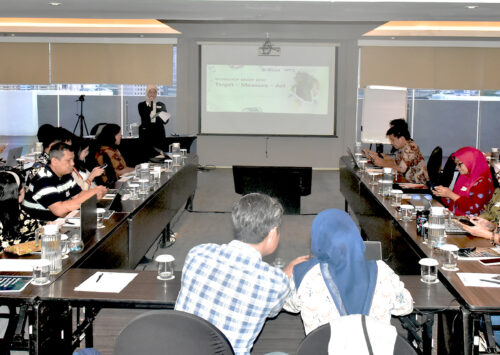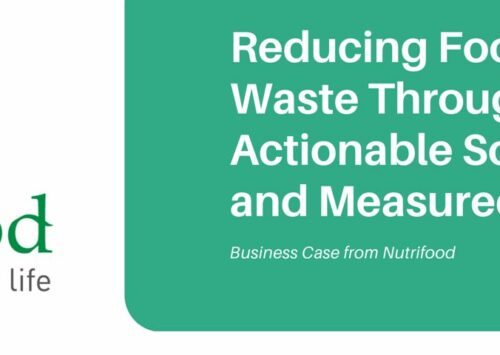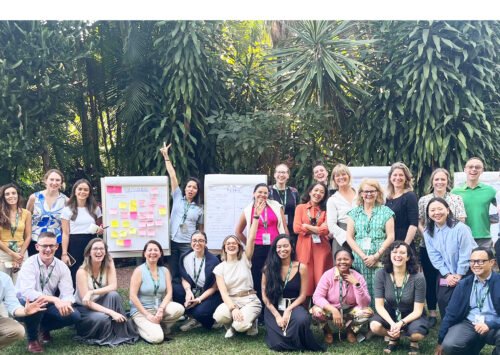A significant amount of the food produced globally is never eaten (Flanagan et al. 2019). This food loss and waste (FLW) squanders the energy, resources, and money that went into producing, processing, packaging, and transporting the food. Given that the food system contributes around a quarter of the greenhouse gases (GHGs) emitted globally (Searchinger et al. 2019), reducing the amount of food lost or wasted is an important contributor to reducing GHG emissions and slowing down climate change. Linking the reduction of FLW to its potential for reducing associated GHG emissions is one powerful way for companies to highlight the value of FLW reduction, in addition to other significant business and societal benefits.
This publication from FLW Protocol enables companies across the food supply chain, particularly those calculating GHG inventories and setting science-based targets, to:
- better understand and connect FLW reductions with their efforts to reduce GHG emissions;
- calculate and communicate the climate benefits of FLW reductions; and
- link those benefits to their GHG inventories and science-based GHG reduction targets.








